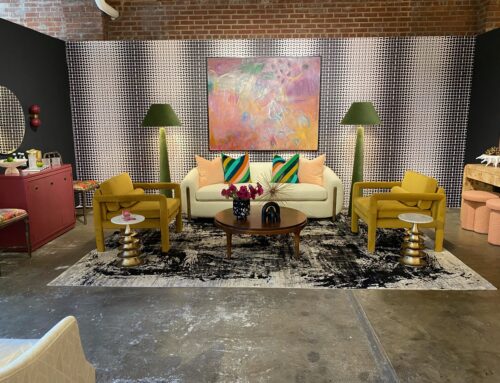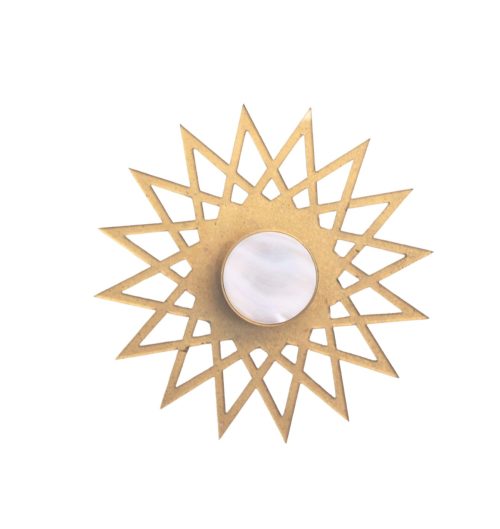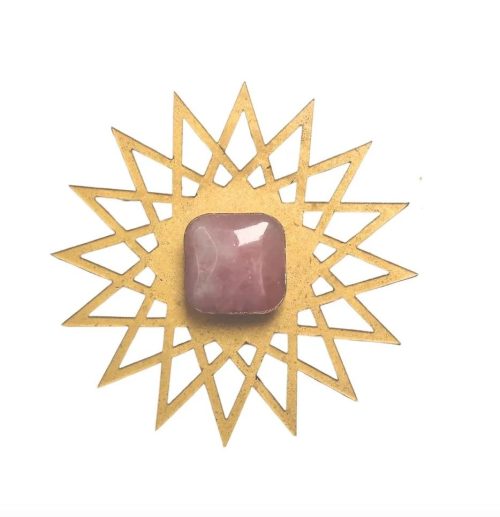Backplates are a stylish and functional addition to cabinetry knobs and pulls, offering both a decorative element and practical benefits, such as protecting the cabinet surface from wear. When choosing the size of backplates, it’s essential to consider both their proportion to the knob or pull and their impact on the overall design.
Considerations for Backplate Size
- Proportional Balance:
- Match the Size: The backplate should complement the size of the knob or pull. A small knob paired with an oversized backplate can look disproportionate, while a large knob on a tiny backplate may overwhelm the design. Generally, the backplate should be slightly larger than the knob or pull but not so large that it dominates the cabinet face.
- Width and Height: The width of the backplate should align with the width of the knob or pull. For a round knob, a circular or oval backplate works well, while for pulls, rectangular or elongated backplates are preferred.
- Cabinet Surface Coverage:
- Functionality: Backplates are often used to cover existing holes or imperfections on the cabinet surface. Choose a size that adequately covers any previous hardware marks while still fitting within the space available on the cabinet.
- Visual Coverage: The backplate should enhance the cabinet’s appearance without overwhelming the design. For smaller cabinets or narrow drawer faces, opt for a smaller backplate to maintain a clean look. For larger cabinet faces or when making a bold design statement, a larger backplate can add a substantial visual impact.
- Style and Design:
- Traditional or Ornate Designs: In traditional or ornate designs, backplates often feature intricate patterns. A slightly larger size may be chosen to highlight these details without overcrowding the cabinet face.
- Modern or Minimalist Designs: For modern or minimalist designs, backplates tend to be simpler and more streamlined. A smaller, subtle backplate that aligns closely with the knob or pull will maintain the clean lines characteristic of this style.
- Practical Considerations:
- Ease of Use: Ensure that the backplate doesn’t make it harder to grip the knob or pull. A backplate that’s too large might interfere with the user’s ability to comfortably use the hardware.
- Installation Considerations: Larger backplates may require more precise installation to ensure they are level and aligned with the cabinetry. Templates or measuring tools can be helpful here to achieve a perfect fit.
Examples of Backplate Sizes
- Small Knobs (1 to 1.5 inches): Typically paired with backplates that are around 1.5 to 2 inches in diameter or width.
- Medium Knobs (1.5 to 2 inches): Best suited for backplates ranging from 2 to 3 inches.
- Large Knobs (over 2 inches): Complemented by backplates that are 3 inches or larger.
- Pulls: The length of the pull will usually dictate the length of the backplate. For example, an 8-inch pull might pair well with an 8.5 to 9-inch backplate to provide slight overhang and added detail.
Conclusion on Backplate Size
Choosing the right size backplate enhances both the functionality and aesthetic appeal of your cabinetry hardware. By considering the proportional balance, coverage needs, design style, and practical usability, you can select backplates that complement your knobs and pulls perfectly, ensuring a cohesive and polished look throughout your space.





